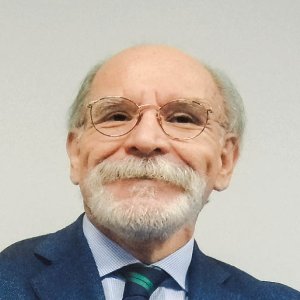Coordinating Access Through Patientcentric Approach

STORY INLINE POST
Q: What is SOHIN’s approach to Mexico’s epidemiological profile?
A: We focus on 13 diseases, including cancer, rheumatoid arthritis, multiple sclerosis, hepatitis C, chronic renal insufficiency, orphan diseases and cardiopathies. What is common to some of these diseases is that there is no cure. They also require long and expensive treatments, which in turn increases the amount of care they require. For an insurer, patients with chronic diseases represent approximately 1 percent of all their insured. However, these patients represent more than 60 percent of all their costs, something that also happens in the public sector.
Q: How does SOHIN address these gaps in healthcare?
A: SOHIN understands that those who suffer these diseases require personalized treatment, as patients with the same disease can respond in an entirely different way to the same treatment. A patient who receives timely, comprehensive medical attention and support is better contained and therefore less expensive. These patients are also more likely to develop self-care behaviors and higher therapeutic adherence to treatments, which results in lower attention costs. A cancer diagnosis hits more than just the patient: friends and families are also impacted.
Q: How do SOHIN’s services complement the offers from existing healthcare providers?
A: SOHIN is a platform that coordinates access to healthcare services and operates under a patient-centric model. We do not compete with hospitals, doctors, pharmaceutical companies or medical distributors; we bring them together for the benefit of the patient. We have treated over 25,000 patients, a volume that allows us to offer services at affordable costs. About 95 percent of them are referred to us by large insurers that have incorporated our services.
Q: How do SOHIN’s services benefit insurance companies?
A: An insurer is concerned with providing a great service experience, which we do, as well as controlling unnecessary costs by making sure that patients receive what they need, when they need it. If we do these two things right, we optimize resources. Considering that only 45 percent of patients will respond well to chemotherapy, SOHIN promotes genetic testing to identify those patients that will have a positive reaction to the drug. The test determines whether the patient is at a high or low risk to develop metastatic cancer. Only those with a high risk of metastasis will receive chemotherapy, thus reducing unnecessary costs.
Q: How is SOHIN’s model benefiting the public sector and what opportunities is the company eyeing in that sphere?
A: Our model demonstrates that it is possible to put cuttingedge technologies within the reach of Mexican patients at affordable prices. The incorporation of genomic diagnosis will provide benefits to the healthcare sector, which otherwise would be overwhelmed by the growing number of patients with chronic diseases. We entered the public sector in 2017 and that year SOHIN incorporated MammaPrint, the first genetic test included in the healthcare sector’s list of subsidized treatments and medicines. Seguro Popular incorporated this test in February 2018. While a private insurer can have 1 million patients insured, Seguro Popular has more than 48 million potential patients, so the volume of people we could help is extremely large. We started to work with the private sector as a commercial access strategy and a way to present our results to the public.
Q: What are SOHIN’s expansion plans for Mexico and Latin America?
A: SOHIN now has 150 employees, most of whom are healthcare professionals like doctors, pharmacists, psychologists, nurses, nutritionists, biologists and geneticists. Our goal is to reach 100,000 patients by 2020. We now have offices in Mexico, Colombia and Argentina. While we aim at expanding this model throughout Latin America, one of the main barriers is finding financing. Today, investment funds eyeing entrepreneurs expect large and fast returns within five to six years.






















